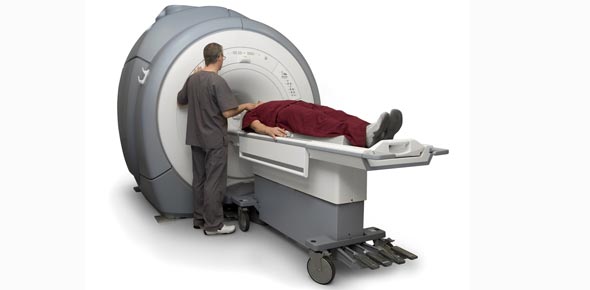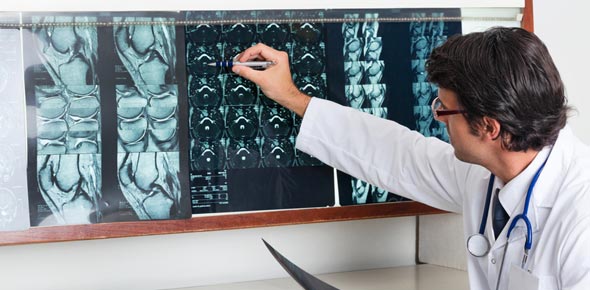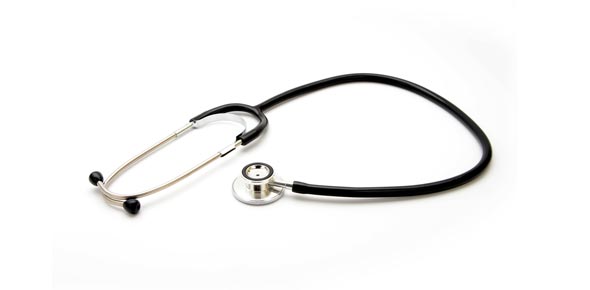Related Flashcards
Related Topics
Cards In This Set
| Front | Back |
|
Signs & Symptoms of Hypoperfusion (Shock)
|
-Altered mental status-Pale, cool, clammy skin-Nausea and vomiting-Vital signs changes (BP - Down / Pulse & Respirations - Up)-Thirst, Dilated pupils, Cyanosis
|
|
External Bleeding (CARE)
|
-Direct Pressure and Elevation-Hemostatic Dressings-Tourniquet
|
|
Internal Bleeding(CARE)
|
-Maintain PT Airway, Breathing, and Circulation-Administer high-concentration Oxygen-Control any external bleeding-Provide immediate transport (Remember Transport is an intervention)
|
|
Types of Shock
|
-Hypovolemic Shock (hemorrhagic shock)-Cardiogenic Shock-Neurogenic Shock
|
|
Hypovolemic Shock
|
-Caused by uncontrolled bleeding -Bleeding can be internal or external-Can also be caused by burns or crush injuries
|
|
Cardiogenic Shock
|
-Shock caused by inadequate pumping of blood by the heart
|
|
Neurogenic Shock
|
-Shock caused by uncontrolled dilation of blood vessels due to nerve damage-Vasodilation can also be caused by sepsis (massive infection) or severe allergic reaction
|
|
Hypoperfusion (CARE)
|
-Maintain PT airway-Control any external bleeding-Elevate legs 8-12 inches (if there is no possibility of spinal injury)-Splint any suspected bone/joint injuries (should be done en route)-Cover the PT (To prevent heat loss)-Transport PT immediately
|
|
Closed Wounds (CARE)
|
-Manage PT ABC's-Manage as if there is internal bleeding - Treat for Shock-Splint painful, swollen, or deformed extremities-Stay alert for PT vomiting-Closely monitor PT during Transport
|
|
Open Wounds(CARE)
|
-Expose the wound site-Clean the wound surface-Control bleeding-Provide care for shock-Prevent contamination-Bandage the dressing (after bleeding has been controlled)-Keep the PT still and calm
|
|
Open Neck Wound(CARE)
|
-Ensure the open airway-Place a gloved hand on the wound-Apply an occlusive dressing over the wound site-Place a dressing over the occlusive dressing-Apply pressure to control bleeding-Bandage dressings in place (Do not restrict airway or blood flow)-Immobilize neck if c-spine injury is possible
|
|
Flail Chest (CARE)
|
-Perform an initial assessment (Flail chest is a thret to life)-Administer high-concentration oxygen-Stabilize the flail segment with a bulky dressing -Monitor PT closely
|
|
Open Chest Wound (sucking)(CARE)
|
**A TRUE EMERGENCY that requires rapid initial care and immediate transport**-Maintain the PT airway-Seal open wound as quickly as possible-Apply an occlusive dressing to wound-Administer high-concentration oxygen-Care for shock-Transport ASAP
|
|
Pneumothorax and Tension Pneumothorax
|
-Buildup of air in the chest cavity, capable of collapsing a lung. It puts pressure on the heart, blood vessles, and unaffected lung.Indicators - Diminished lung sounds on damaged side, Jugular vein distention, Signs of shock, Tracheal deviation
|
|
Hemothorax and Hemopneumothorax
|
Hemothorax - When the chest cavity fills with bloodHemopneumothorax - When the chest cavity fills with blood and airDiminished lung sounds on damaged side, Shock from blood loss
|








